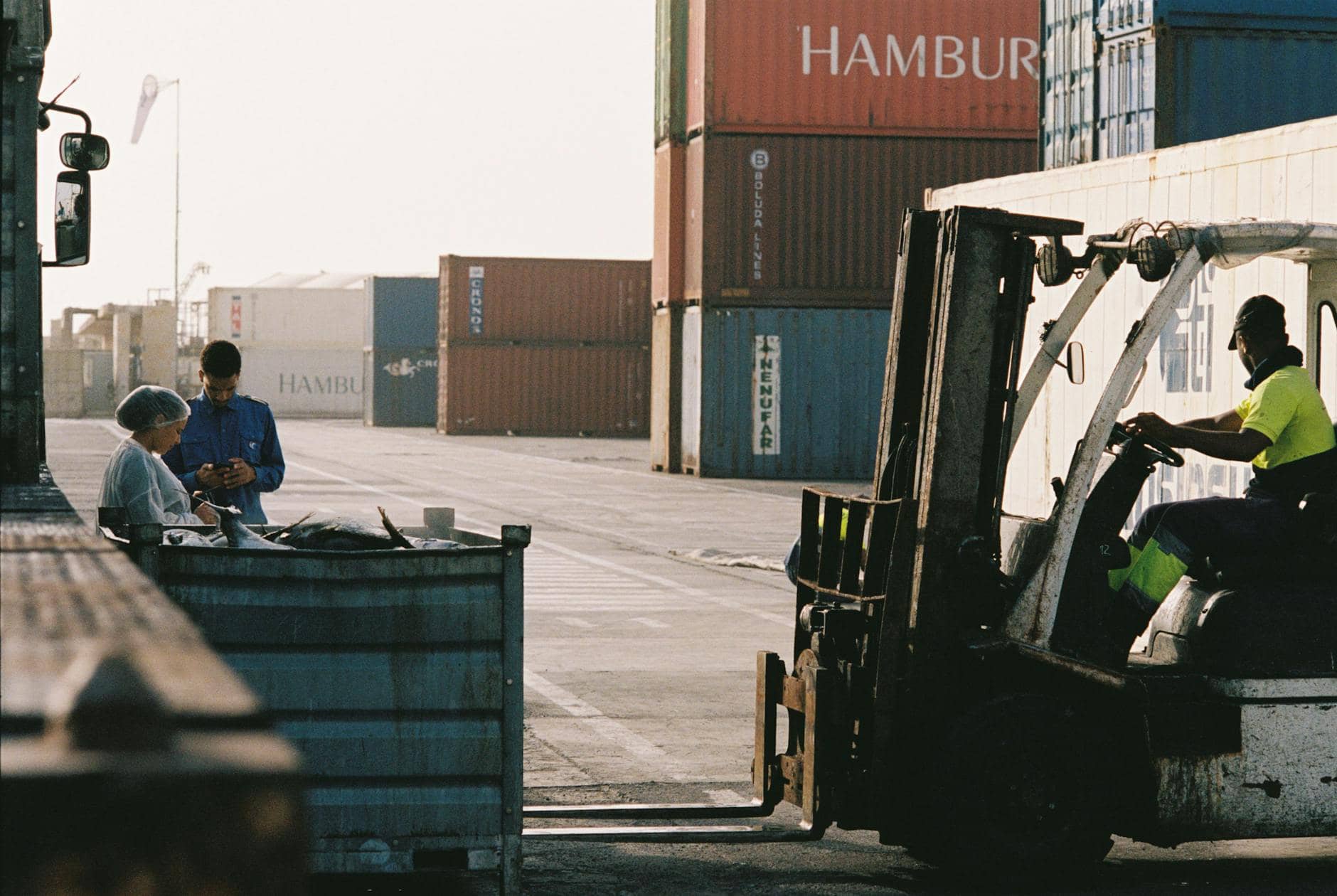This is a contributed post.
As markets get more connected, disruptions like natural disasters, geopolitical tensions and sudden demand fluctuations can ripple through logistics networks and impact everything from raw material availability to delivery dates. For businesses that want to stay ahead of the game, supply chain resilience is no longer a nice to have, it’s a must have.
Forward thinking companies are taking a new approach to building resilience, not just cost reduction, but adaptability, flexibility and long term value creation. From embracing digital technologies that increase transparency to forming meaningful partnerships that ensure material flow, the supply chain is becoming a living ecosystem. Everyone at every level must understand that strong supply chains are key to sustainable growth, customer satisfaction and competitive advantage.
Table of Contents
Digitalization and Transparency
One of the biggest changes in supply chain management is the integration of digital technologies. Gone are the days of paper based documentation and one way communication. Today innovative platforms enable real time inventory tracking, predictive analytics to forecast disruptions and automated alert systems to speed up decision making. By investing in integrated supply chain software solutions companies get full visibility across their logistics landscape and can respond to potential problems before they become problems.
Transparency driven by digitalization allows companies to better understand supplier performance, manage lead times and monitor quality metrics. Customers are demanding assurance on the origin of products and the sustainability of the production process behind them. In this context blockchain based traceability, IoT enabled sensors and AI driven demand forecasting tools are no longer nice to haves they’re fast becoming the norm for resilient supply chains.
Strategic Sourcing
Having multiple sources for key materials and components is now considered a risk mitigation strategy. Companies that rely on one supplier or one region are exposing themselves to unnecessary risk. Instead the practice of diversifying supplier networks – geographically and by supplier type – reduces the impact of local disruptions. The idea is to have a balanced supply chain where a disruption in one area can be offset by another reliable source.
But diversification must be done strategically with careful screening and evaluation of potential suppliers. Financial stability, production capacity, operational flexibility and commitment to sustainability must be weighed against cost. It’s not about “collecting” suppliers but building a robust ecosystem of partners that collectively strengthen and adapt your supply chain.
Sustainability and Regulatory Compliance
Sustainability and environmental responsibility is growing in importance in the eyes of consumers, investors and regulators. Companies that proactively integrate eco friendly sourcing, reduced waste and lower carbon footprint in their supply chain will benefit from enhanced brand reputation, cost savings and compliance advantages.
In some cases meeting regulatory standards requires specialized logistics, equipment and handling procedures – especially for companies handling sensitive or hazardous materials. For example ensuring proper chemical warehousing protocols that meet strict safety and environmental regulations is critical as non compliance can result in severe financial penalties and reputational damage. Embracing sustainability and compliance at every step helps companies have a future proof supply chain that can withstand regulatory pressure and changing social expectations.
Specialized Logistics
As supply chains get global and complex the need for specialized logistics solutions increases. Different products have different handling, storage and transportation requirements. Companies that transport perishables, pharmaceuticals, high value electronics or chemically sensitive materials need to tailor their logistics to preserve product integrity and safety.
Temperature controlled shipping, secure and climate proof storage facilities, automated handling equipment and specialized packaging solutions come into play. Engaging third party logistics providers (3PLs) or other experts who understand the complexities of these requirements can add huge value. When products are handled efficiently and safely quality issues and costly disruptions are reduced and customer satisfaction is high.
Building Long Term Partnerships and Trust
In an interconnected supply chain ecosystem relationships matter. While cost competitiveness is important, businesses are realizing that stable, collaborative and trust based partnerships can deliver more value in the long run than opportunistic transactional arrangements.
Long term partners bring benefits such as shared innovation, joint process improvements and risk sharing arrangements that drive mutual growth. Suppliers and logistics providers who deliver on their promises, have reliable contingency plans and adapt to market changes quickly become essential partners. Frequent communication, joint planning sessions and clear metrics for performance measurement all contribute to more productive long term relationships.
Continuous Improvement and Agility
A supply chain is not a one time achievement; it’s a continuous process that requires continuous improvement. As markets change, new risks emerge and consumer expectations change. Businesses must be agile, embracing a culture of continuous learning, flexible decision making and iterative improvement.
Regular supply chain audits, scenario planning exercises and risk assessments help identify areas of weakness. Investing in staff training, cross functional collaboration and updating processes to incorporate best practices keeps the supply chain agile. This culture of adaptability means businesses are not caught out by sudden changes in technology, consumer behaviour or global events.
Conclusion
Being able to adapt to, withstand and even take advantage of changes in the global market is what separates leaders from the rest. By being digitally transparent, diversifying sources, committing to sustainability, having specialized logistics and building long term partnerships based on trust businesses can create supply chains that are truly resilient.
The end result is a supply chain that not only survives the storms but comes out stronger, more flexible and better equipped to serve customers. In a world where disruptions are the new normal, a resilient supply chain is not just an operational necessity – it’s a strategic advantage that drives your business forward and helps you thrive and grow in a world of constant change.

